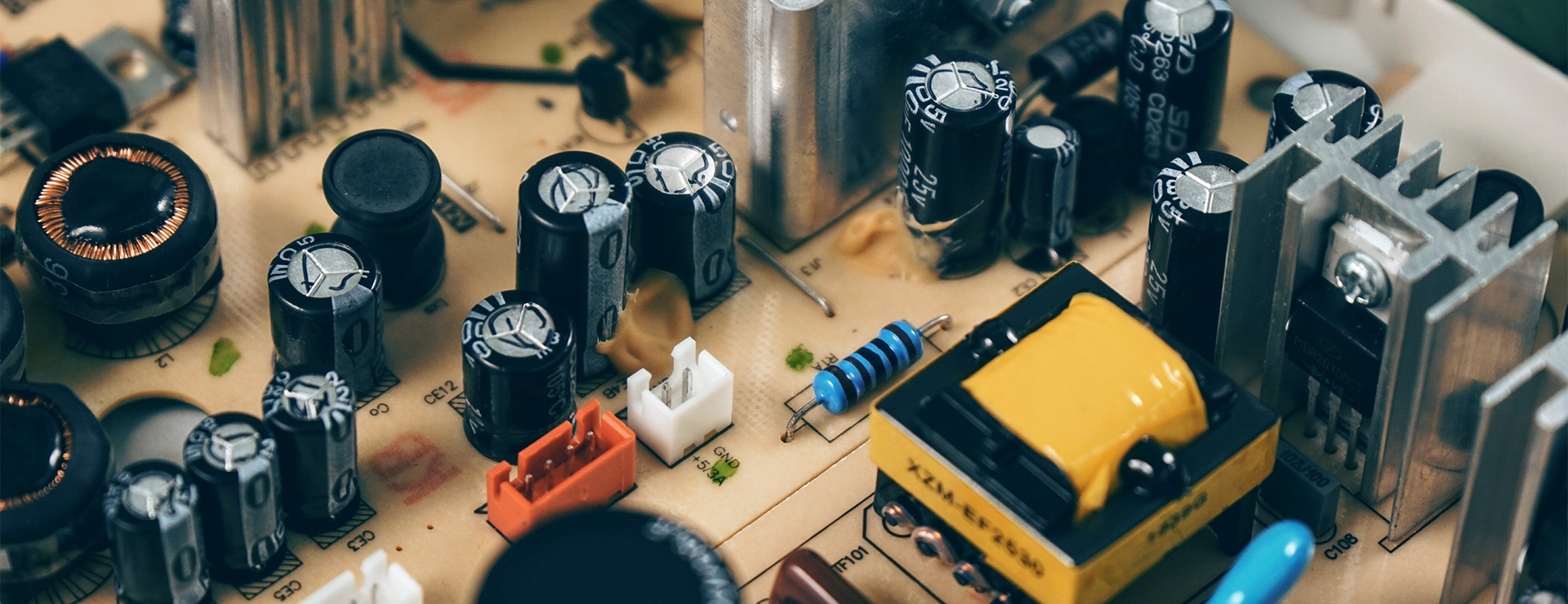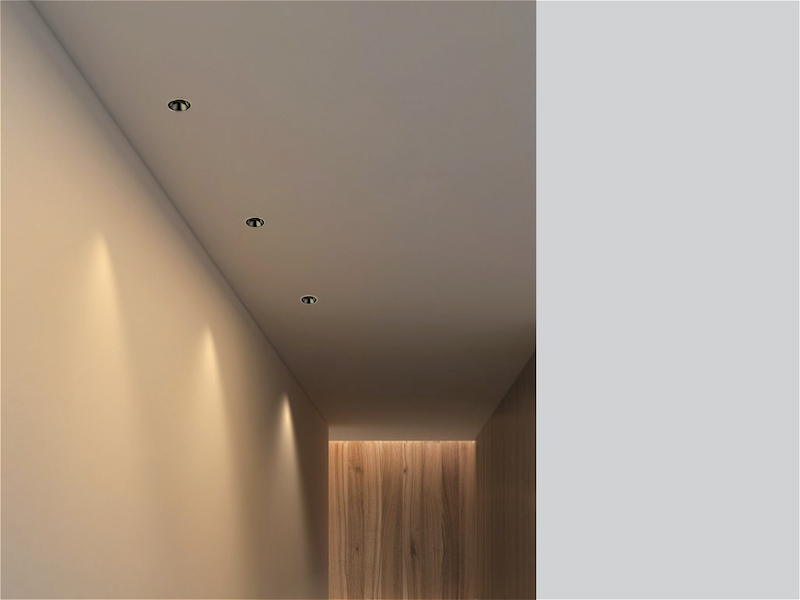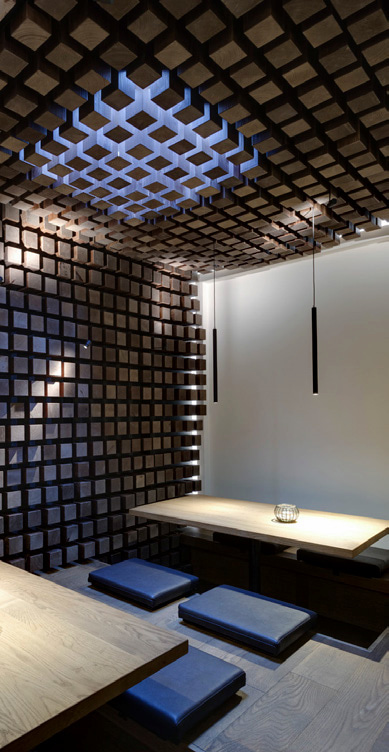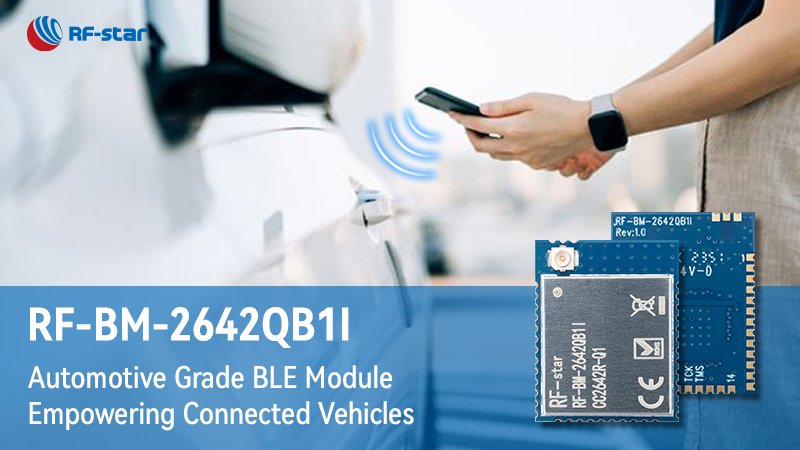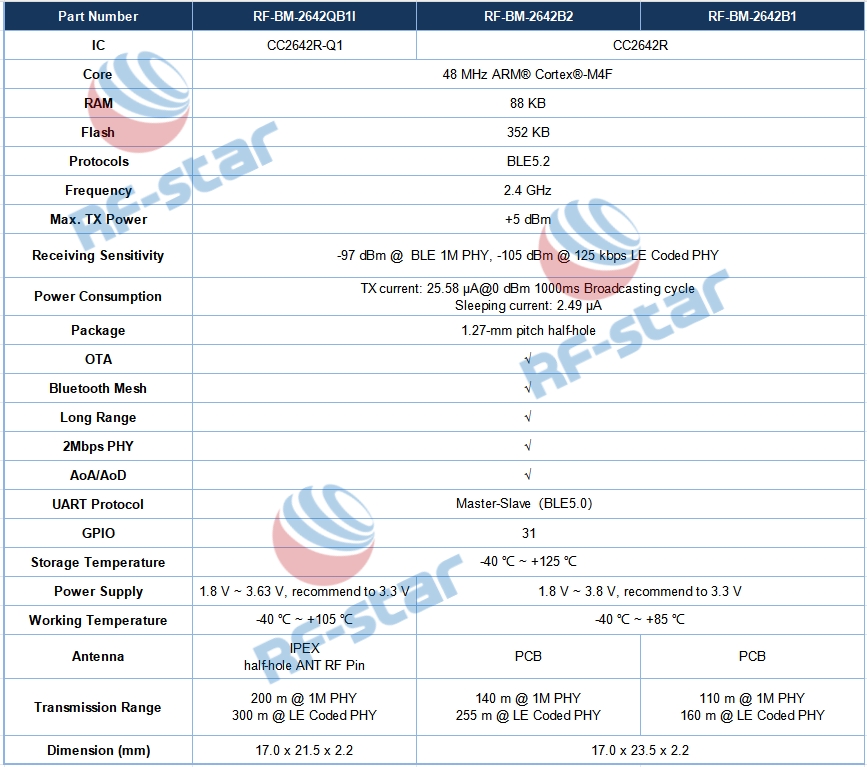Economical and Practical, Compact and Exquisite - The Portable Charm of the 65W GaN Charger
In the life, electronic products have become indispensable companions. However, facing the charging problems of various electronic devices every time we go out can be a real headache. At such times, an economical, foldable, compact, and convenient USB-C PD charger becomes particularly important. Today, we want to introduce to you just such a charger - the 65W GaN USB-C PD Charger.
Economical and cost-effective
With its reasonable pricing and excellent performance, the 65W GaN USB-C PD Charger demonstrates a very high cost-performance ratio. For consumers, it offers a powerful USB-C charger without the need to spend a lot of money, providing stable charging support for various electronic devices.
Foldable design, portable and lightweight
This charger features a unique foldable design, allowing it to be easily folded into a compact size when not in use, making it easy to carry in a backpack or pocket. This design not only facilitates portability but also significantly reduces space occupation, making it ideal for friends who are frequently on the go.
High charging efficiency, meets various needs
The 65W GaN Charger supports fast charging PD3.0 technology, quickly replenishing a large amount of power to electronic devices in a short amount of time. Additionally, it features a USB-C universal charging interface, meeting the charging needs of different brands and models of electronic devices. Whether it's a phone, tablet, or laptop, you can experience efficient charging.
Safe and reliable, trustworthy
While pursuing portability and efficiency, the 65W GaN USB Charger also prioritizes safety. It incorporates advanced charging technology and high-quality materials to ensure that devices are not damaged during the charging process. Furthermore, the charger includes multiple protection functions such as overcurrent, overvoltage, and over-temperature protection, ensuring safe usage for the user.
Conclusion
With its economical pricing, foldable portability, efficient charging, and safety features, the 65W GaN USB Charger has become an indispensable charging device in modern life. For friends who are often on the go and need to charge their electronic devices at any time, this charger is undoubtedly an ideal choice. It not only keeps your electronic devices fully charged at all times but also adds convenience and peace of mind to your travels. Choose the 65W GaN USB Charger to make charging easier and more efficient!
